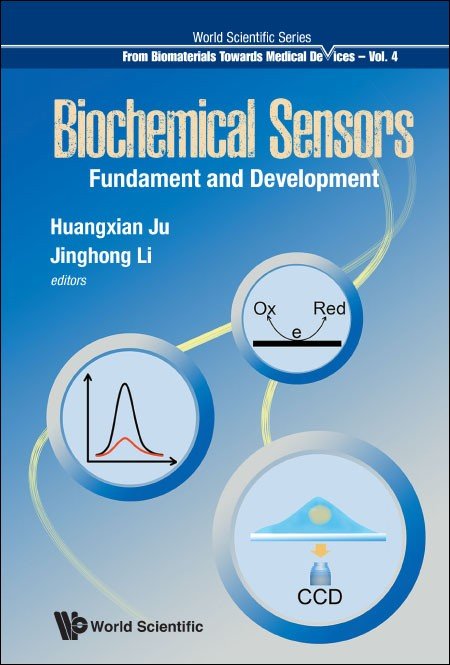Chapter 7: Cell-Based Biosensors
Living cells are considered to be biorecognition elements that have been extensively utilized in the field of biosensors since the early 1970s, especially in biological and electronics applications. They are acting as suitable bioreceptor elements because they offer flexibility to sensing strategies, and make the fabrication process relatively simple and cheap compared to pure enzymes, DNA and antibodies. In the last five years, there was a massive advancement in the construction of cell-based biosensors (CBBs) and their application in many fields. Recently, 3D electrode-based cell culture platforms were fabricated to provide new information about the pathological and physiological features of the disease, while a cardiomyocyte-integrated microelectrode array (MEA) was developed for the evaluation of the cardiac toxicity caused by the drugs. Additionally, the plasmonic devices were fabricated for anti-microbial susceptibility testing. What’s more, the discovering of microbial fuel cell biosensors permits the specific determination of important analytes and also acting as multiparametric devices for real-time assessment and monitoring of more than one cell parameter. Nevertheless, problems such as cell populations heterogeneity, storage lives and regeneration, unselectively and costs of instruments must be taken into consideration prior to full fabrication of these CBBs. This chapter summarizes the types of cells used for the construction of CBBs and their immobilization techniques on different transducers. Also, we summarize the results of the previously reported papers about the different applications of CBBs.


